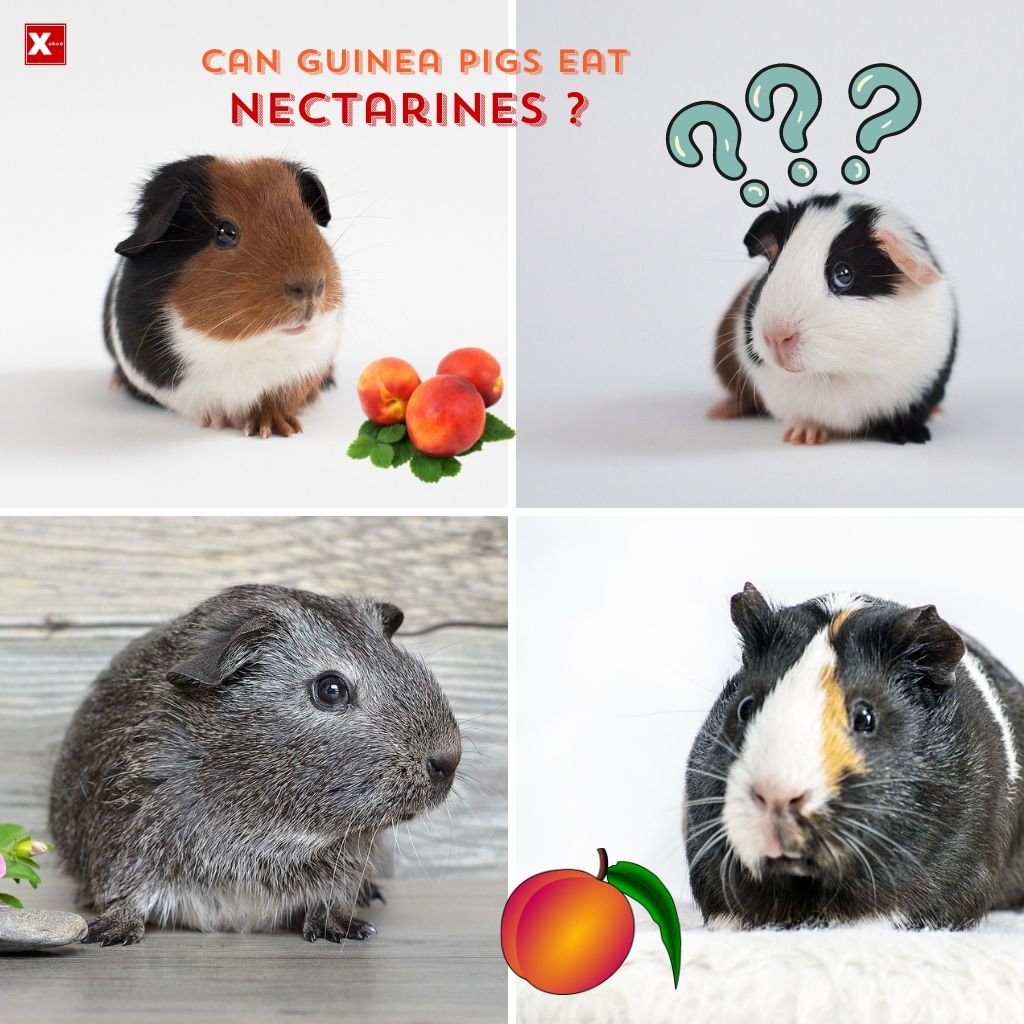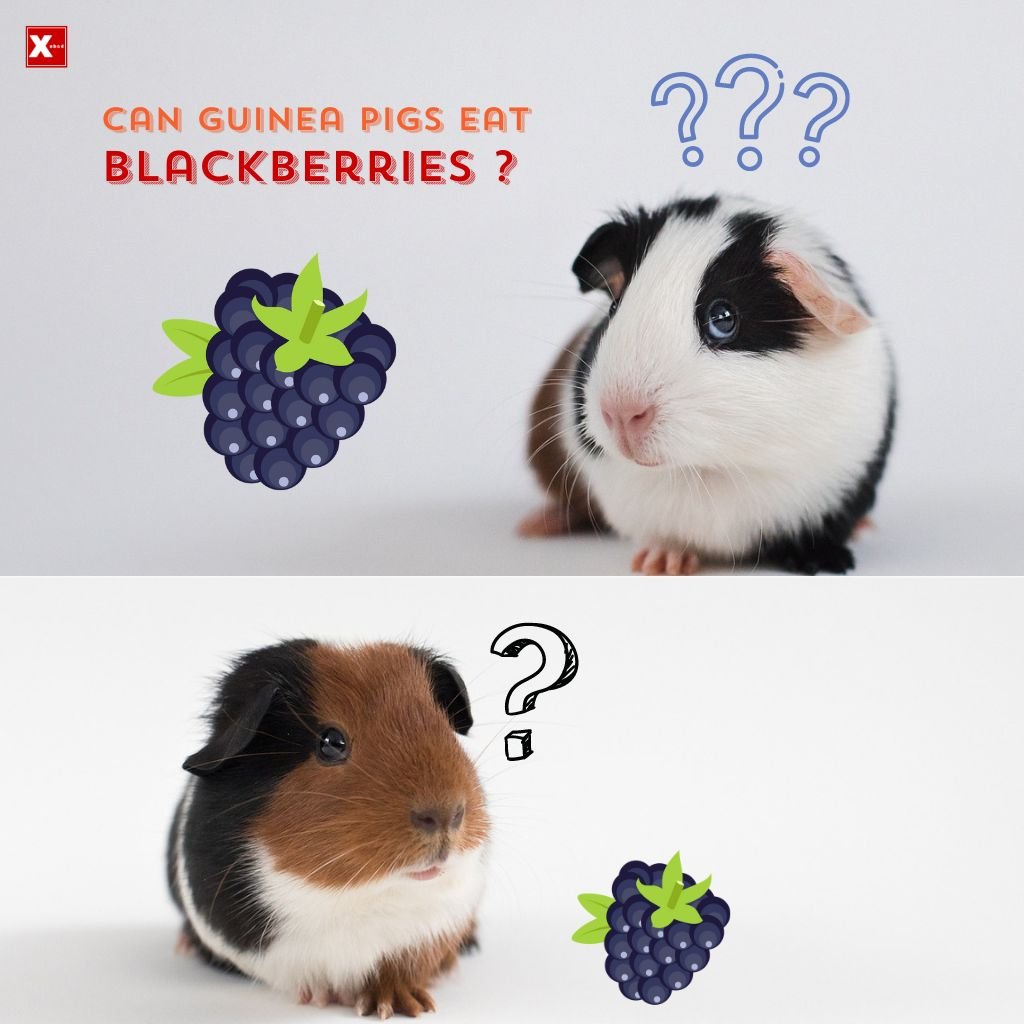Guinea pigs can chew a variety of fruits and vegetables. Knowing what they can eat is very complicated. Sweet peas are proven safe for guinea pigs to eat. Let’s explore the topic of feeding sweet peas to guinea pigs.
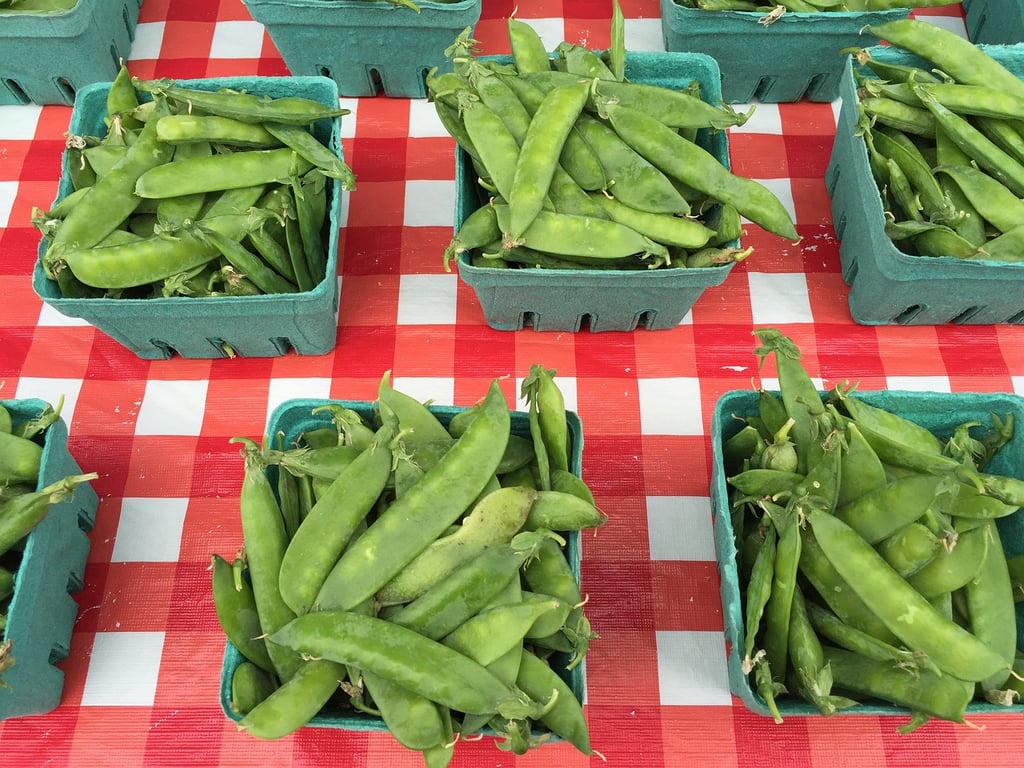
The Nutritional Value of Sugar Snap Peas
Sugar snap peas, also known as snap peas or sugar peas, are a delicious and crunchy vegetable that can be enjoyed by humans. But what about our furry friends, guinea pigs? Are sugar snap peas a safe and nutritious treat for them?
When it comes to the nutritional value of sugar snap peas, these vibrant green pods offer a range of vitamins, minerals, and fiber that can benefit guinea pigs in several ways. Let's take a closer look at the nutrients contained within this tasty vegetable:
- Vitamin C: Sugar snap peas are a fantastic source of vitamin C, which is essential for guinea pigs. These small animals cannot produce their own vitamin C, making it crucial to provide them with a dietary source. Vitamin C helps boost their immune system, promotes healthy skin and fur, and supports overall growth and development.
- Vitamin K: Another vital nutrient found in sugar snap peas is vitamin K. This vitamin plays a significant role in blood clotting, preventing excessive bleeding, and supporting bone health. Adding sugar snap peas to your guinea pig's diet can contribute to these essential functions.
- Fiber: Guinea pigs have unique digestive systems that require a high-fiber diet. Sugar snap peas are rich in dietary fiber, which aids in proper digestion, helps prevent constipation, and supports a healthy gut. Including fiber-rich vegetables like sugar snap peas can help maintain your guinea pig's digestive health.
- Water content: Sugar snap peas have a high water content, which is beneficial for keeping guinea pigs hydrated. Hydration is crucial for their overall well-being and helps maintain healthy organs, regulate body temperature, and support various bodily functions.
While sugar snap peas offer numerous nutritional benefits, it's essential to remember that they should be given to guinea pigs in moderation. The high sugar content in these peas can lead to weight gain and other health issues if overfed. As with any new food, it's best to introduce sugar snap peas gradually and observe how your guinea pig reacts.
Before incorporating sugar snap peas into your guinea pig's diet, ensure that they are fresh, crisp, and free from any signs of mold or damage. Thoroughly wash the sugar snap peas to remove any pesticides or dirt residues. You can offer them to your guinea pig as a standalone treat or mix them with their regular vegetables to provide some variety in their diet.
Remember, guinea pigs require a balanced diet that consists mainly of fresh hay, a small number of pellets, fresh water, and a variety of fresh vegetables. Sugar snap peas can be a nutritious addition to their diet but should not replace the other essential components.
To conclude, sugar snap peas can offer valuable nutritional benefits to guinea pigs, particularly in terms of vitamin C, vitamin K, fiber, and hydration. However, it's crucial to feed them in moderation and alongside a well-rounded diet. By taking these precautions, you can ensure that your guinea pig enjoys the nutritional advantages of sugar snap peas while maintaining their overall health and well-being.
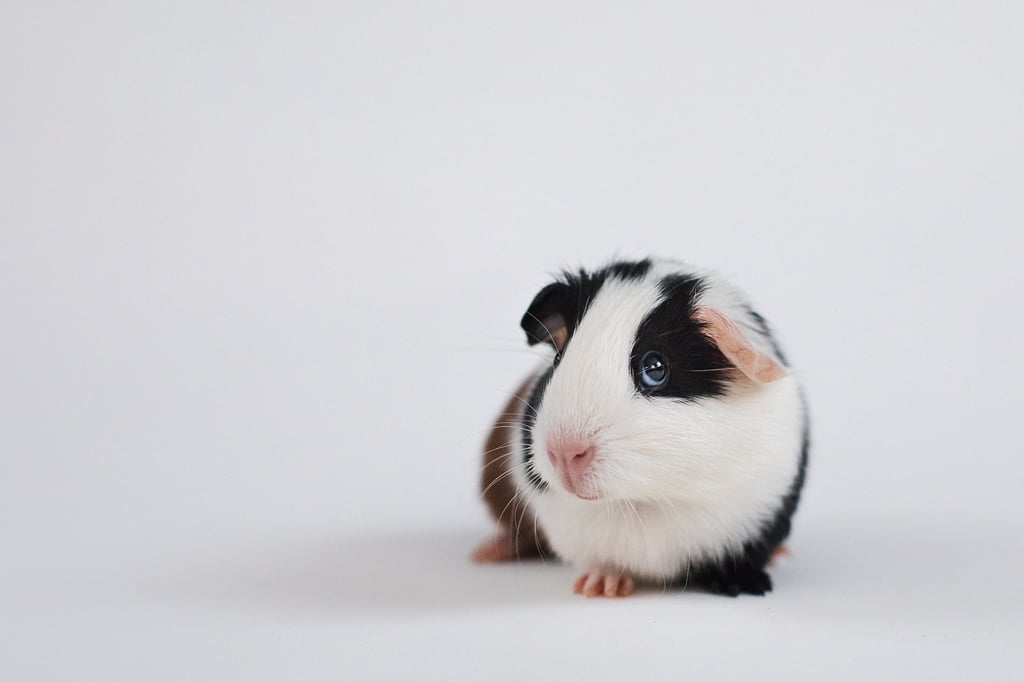
The Potential Risks of Feeding Sugar Snap Peas to Guinea Pigs
While sugar snap peas can provide various nutritional benefits to guinea pigs, it's important to understand the potential risks associated with feeding them to these small pets. Here are a few factors to consider:
- Digestive Issues: Guinea pigs have sensitive digestive systems, and sudden changes in their diet can lead to gastrointestinal distress. Sugar snap peas contain a significant amount of fiber, which can be beneficial in moderation. However, feeding them to your guinea pig in excessive amounts or too frequently can result in bloating, gas, or even diarrhea.
- High Sugar Content: While sugar snap peas may seem like a healthy snack option, they do contain natural sugars. Feeding large quantities of sugar snap peas to your guinea pig can contribute to an excessive sugar intake, which may increase the risk of obesity, dental problems, and other health issues. It's essential to consider the overall sugar content of their diet and ensure a proper balance with other foods.
- Dehydration: Sugar snap peas have a high water content, which can be beneficial in keeping guinea pigs hydrated. However, excessive consumption of these peas could potentially lead to an imbalance in their water intake. It's crucial to offer fresh water alongside sugar snap peas to prevent any dehydration issues.
Overall, while sugar snap peas can be a healthy treat for guinea pigs, it's essential to exercise caution and moderation when feeding them. Monitoring your pet's reaction to these peas and adjusting their portion sizes accordingly is crucial in ensuring their well-being.
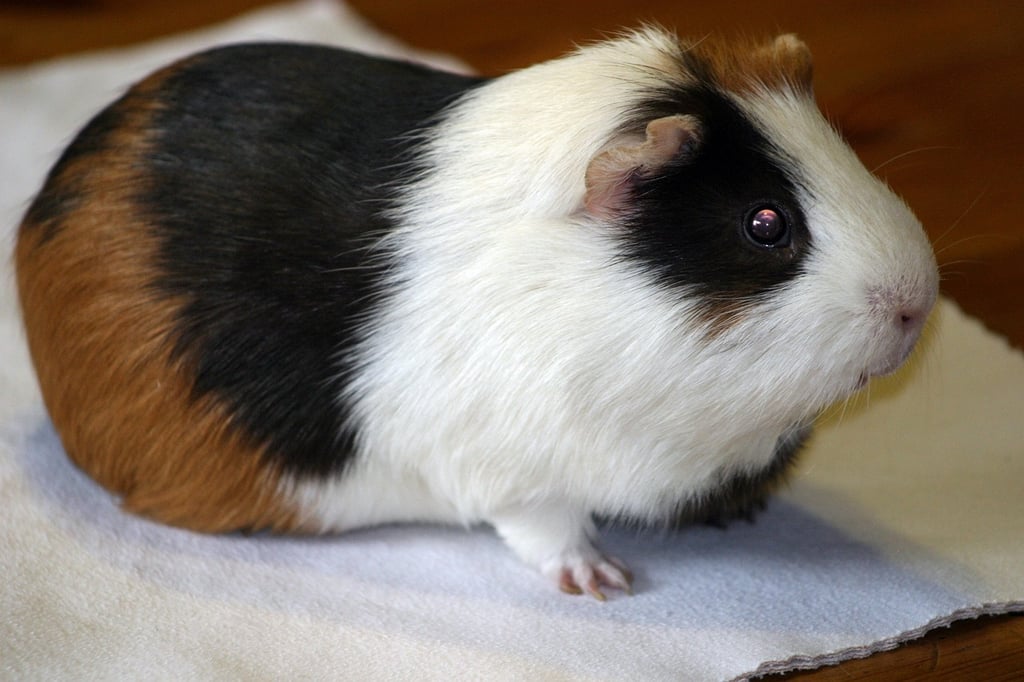
The Importance of Moderation in Feeding Sugar Snap Peas
When it comes to feeding sugar snap peas to guinea pigs, moderation is key for maintaining their overall health and well-being. While sugar snap peas can provide valuable nutrients, including vitamin C, fiber, and antioxidants, overfeeding can lead to various issues. Therefore, it's crucial to understand the importance of moderation and how to incorporate sugar snap peas into your guinea pig's diet appropriately.
One of the main concerns with feeding sugar snap peas in excess is the potential for digestive problems. Guinea pigs have sensitive digestive systems, and consuming large amounts of sugar snap peas can cause bloating, diarrhea, or even gastrointestinal stasis. This is why it's essential to offer these peas as a treat or supplement, rather than a staple food. Variety is key in a guinea pig's diet, and an excessive amount of any one food can disrupt their delicate digestive balance.
To ensure moderation, it's advisable to follow a feeding guideline of approximately one sugar snap pea per guinea pig per day. This guideline varies depending on the size and weight of your guinea pig, so consulting with a veterinarian is always a good idea. By offering sugar snap peas sparingly, you can prevent the risk of digestive upset and provide a well-rounded diet that includes a variety of other vegetables, hay, and pellets.
In addition to digestive issues, another concern with feeding sugar snap peas excessively is the high sugar content. Sugar snap peas naturally contain some level of sugars, which can lead to weight gain and other health problems if consumed excessively. By providing these peas in moderation, you can avoid overloading your guinea pig with unnecessary sugars that could negatively impact their health.
- Monitor your guinea pig's weight and overall health to ensure that the introduction of sugar snap peas does not lead to any adverse effects. If you notice any unusual changes, it's crucial to consult with a veterinarian for guidance.
- Consider offering sugar snap peas as a part of a varied and balanced diet that includes other vegetables, such as leafy greens, bell peppers, and carrots.
- Always wash sugar snap peas thoroughly before serving them to remove any potential pesticides or contaminants.
- Remove any uneaten sugar snap peas from your guinea pig's cage to prevent bacterial growth and ensure freshness.
By understanding the importance of moderation when feeding sugar snap peas to guinea pigs, you can provide them with a nutritious treat while minimizing any potential risks. Remember that every guinea pig is unique, so it's essential to pay attention to their individual needs and consult with a veterinarian for personalized advice on their diet and overall care.
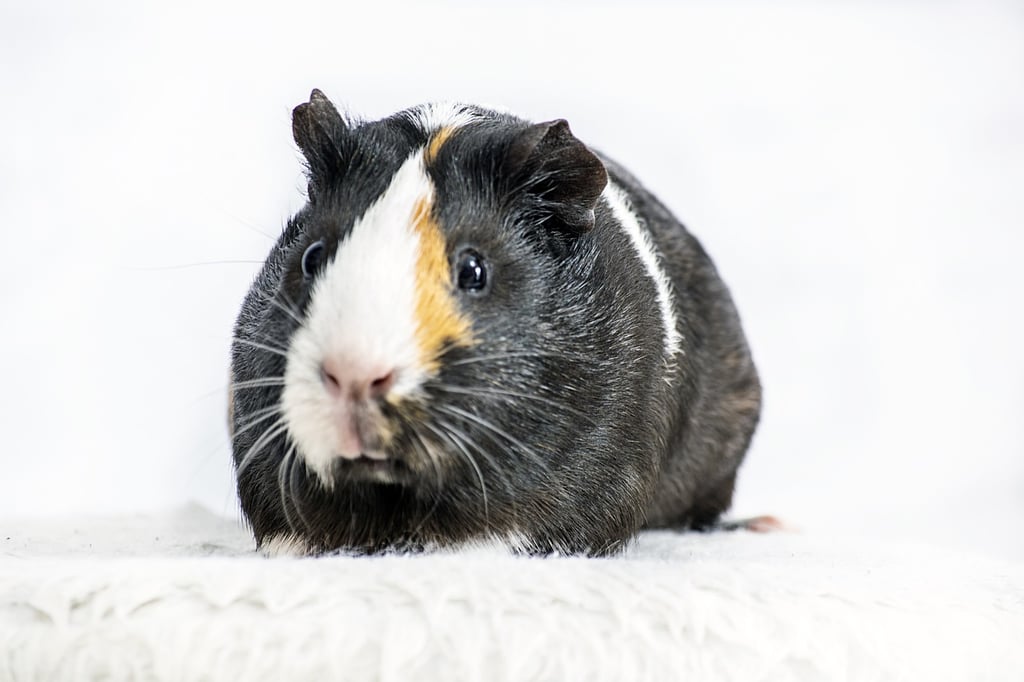
Preparing and Serving Sugar Snap Peas for Guinea Pigs
When it comes to preparing and serving sugar snap peas for your guinea pig, there are a few important considerations to keep in mind. By following these steps, you can ensure that your furry friend can enjoy this treat safely:
- Wash thoroughly: Before serving sugar snap peas to your guinea pig, make sure to wash them thoroughly. This will help remove any dirt, pesticides, or other contaminants that may be present on the surface.
- Remove the strings: Sugar snap peas have strings along the sides that can be tough and difficult to digest for guinea pigs. It's crucial to remove these strings before feeding them to your pet. Simply snap off one end of the pea and gently pull the string downwards.
- Cut into small pieces: Guinea pigs have small mouths and delicate teeth, so it's best to cut the sugar snap peas into small, bite-sized pieces. This will make it easier for them to chew and avoid choking hazards.
- Introduce gradually: If your guinea pig hasn't had sugar snap peas before, it's important to introduce them gradually. Start with a small piece and see how your pet reacts. Monitor for any signs of digestive upset or allergies before increasing the portion size.
- Feed in moderation: While sugar snap peas can be a healthy addition to your guinea pig's diet, they should still be given in moderation. Too much of any food, including vegetables, can lead to digestive issues and obesity. Aim for a balanced diet and offer sugar snap peas as a treat rather than a main meal.
Remember, every guinea pig is unique, and some may have individual dietary restrictions or preferences. It's always a good idea to consult with a veterinarian who specializes in small animals for personalized advice regarding your guinea pig's specific needs and tolerances. With proper preparation and serving, sugar snap peas can be a delightful and nutritious addition to your guinea pig's diet.
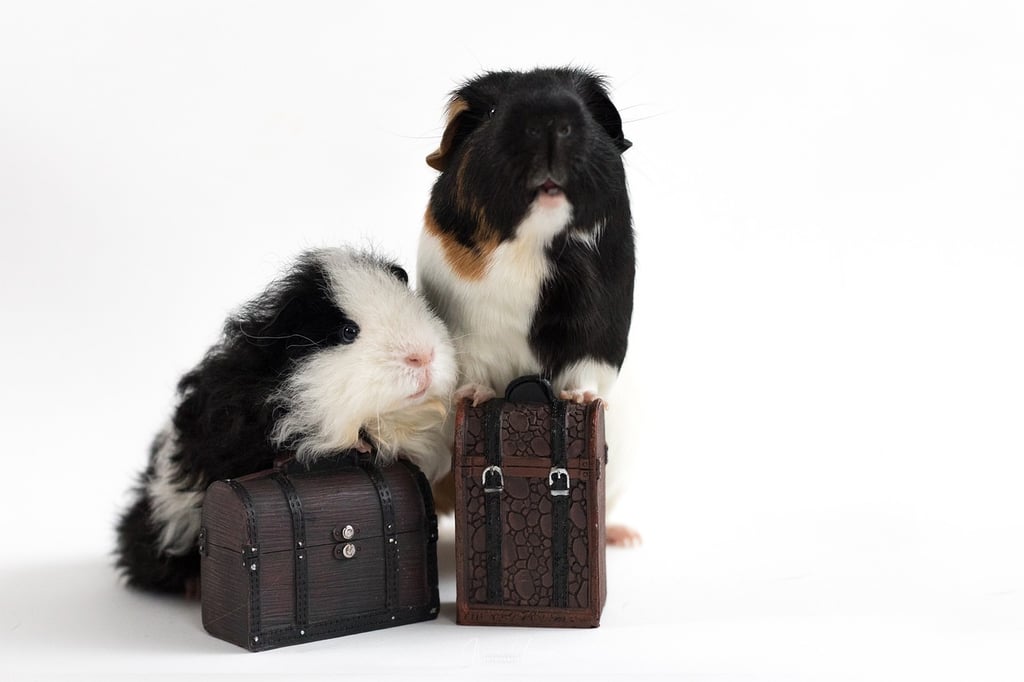
Alternatives to Sugar Snap Peas for a Balanced Diet
While sugar snap peas can be a tasty and nutritious treat for guinea pigs, it's essential to provide a balanced diet that includes a variety of foods. If you're looking for alternatives to sugar snap peas to diversify your furry friend's diet, here are a few options to consider:
- Leafy Greens: Guinea pigs thrive on leafy vegetables, which provide them with essential vitamins and minerals. Options such as romaine lettuce, spinach, kale, and parsley are excellent choices to include in their diet. These greens offer different textures and flavors, ensuring a well-rounded eating experience for your pet.
- Bell Peppers: Colorful bell peppers are another great addition to a guinea pig's diet. These crunchy vegetables are rich in vitamin C, which is essential for their overall health. You can feed your guinea pig small slices of red, green, or yellow bell peppers, making sure to remove the seeds and the white pith.
- Cucumbers: Cucumbers are a refreshing and hydrating alternative to sugar snap peas. They contain high water content, making them a great choice during hot summer months. Peel the cucumber and slice it into thin rounds or sticks for your guinea pig to enjoy.
- Carrots: Carrots are a crunchy and nutritious vegetable that guinea pigs love to munch on. They're packed with beta-carotene, which is converted into vitamin A in their bodies. However, carrots should be fed in moderation due to their high sugar content. Consider offering small carrot slices or grated carrots as a special treat.
- Zucchini: Zucchini is a versatile vegetable that can be a part of your guinea pig's diet. It's low in sugar and high in fiber, making it a healthy choice. Slice the zucchini into thin rounds or small cubes, ensuring it's an appropriate size for your guinea pig to nibble on.
Remember to introduce new foods gradually and in small amounts to avoid any digestive issues. It's always a good idea to consult with a veterinarian to ensure the appropriateness and safety of any food items you include in your guinea pig's diet. By offering a variety of fruits, vegetables, and other greens, you can provide a well-balanced and enjoyable diet for your furry friend.
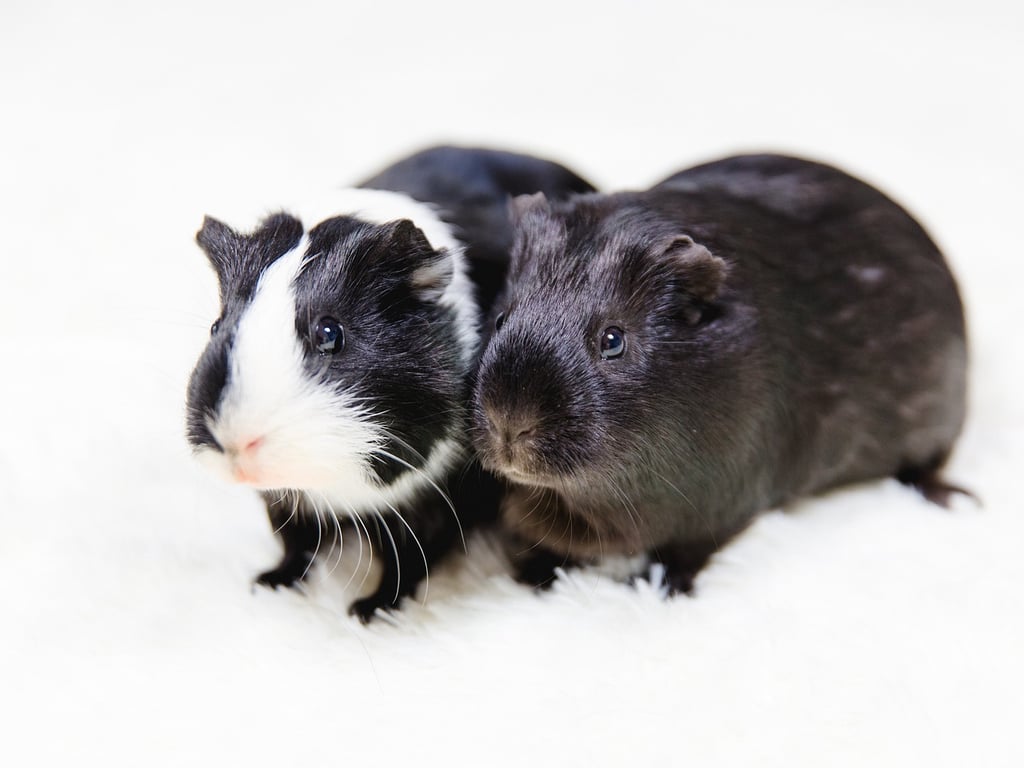
Consulting a Veterinarian for Expert Advice
When it comes to the health and well-being of our furry companions, seeking expert advice is always wise. Guinea pigs, like any other pets, require proper nutrition and care to thrive. While researching and gathering information can be helpful, nothing beats consulting a veterinarian for tailored advice based on your guinea pig's specific needs. Let's explore why consulting a veterinarian for expert advice is crucial when it comes to feeding your guinea pig sugar snap peas.
1. Knowledge and Expertise:
Veterinarians have extensive knowledge and expertise in animal nutrition. They understand the dietary requirements of guinea pigs and can provide valuable insights on incorporating sugar snap peas into their diet. They can assess your guinea pig's overall health, weight, and specific dietary needs to determine if sugar snap peas are suitable and in what quantities.
2. Personalized Recommendations:
Every guinea pig is unique, and their dietary needs may vary depending on factors such as age, weight, and pre-existing health conditions. By consulting a veterinarian, you can receive personalized recommendations tailored to your guinea pig's specific requirements. They can advise on the ideal portion sizes, frequency, and potential meal combinations to ensure a balanced and nutritious diet.
3. Addressing Potential Health Risks:
Veterinarians are well-versed in identifying potential health risks and allergies that may be associated with certain foods. While sugar snap peas are generally safe for guinea pigs, there is a slight risk of digestive issues or allergies in some individuals. A veterinarian can assess your guinea pig's tolerance and provide guidance on how to introduce sugar snap peas safely into their diet, while monitoring for any adverse reactions.
4. Up-to-Date Information:
The field of animal nutrition is constantly evolving, with new research and discoveries being made regularly. Consulting a veterinarian ensures that you receive the most up-to-date information on feeding sugar snap peas to guinea pigs. They stay abreast of any recent studies or developments that may affect your pet's dietary recommendations, helping you make informed choices regarding their nutrition.
5. Overall Well-being:
While sugar snap peas can be a healthy addition to a guinea pig's diet, it's essential to consider their overall well-being. A veterinarian can assess the big picture and provide guidance on maintaining a well-rounded diet that includes a variety of foods to meet your guinea pig's nutritional requirements. They can also offer advice on other important aspects of guinea pig care, such as exercise, habitat, and socialization.
In conclusion, consulting a veterinarian for expert advice when it comes to feeding sugar snap peas to your guinea pig is highly recommended. Their knowledge, personalized recommendations, and ability to address potential health risks ensure that your guinea pig receives the best possible care and nutrition. Remember, the well-being of your beloved pet is worth the extra effort of seeking professional guidance.
Faqs
-
Can guinea pigs eat sugar snap pea pods?
Yes, guinea pigs can eat sugar snap pea pods. The pods provide a crunchy texture and can be a source of additional fiber for your pet. However, remember to remove the strings along the edges of the pods to prevent any choking hazards.
-
How often should I feed sugar snap peas to my guinea pig?
It is recommended to feed sugar snap peas to your guinea pig in moderation. A couple of small pods once or twice a week is generally sufficient. Overfeeding sugar snap peas can lead to digestive problems and excess sugar intake, so it's important to offer a balanced variety of fruits and vegetables in their diet.
-
Are there any other vegetables that I can feed my guinea pig besides sugar snap peas?
Absolutely! Guinea pigs enjoy a variety of vegetables such as bell peppers, cucumber, carrots, and leafy greens like romaine lettuce and spinach. It's essential to provide a diverse range of vegetables to ensure a balanced and nutritious diet for your furry friend. However, remember to introduce new foods gradually and observe how your guinea pig reacts to each new addition.




